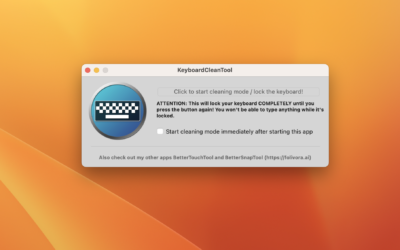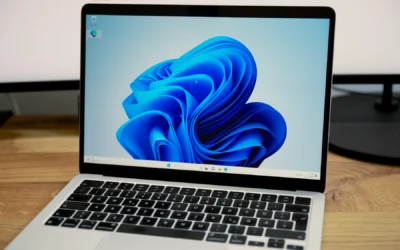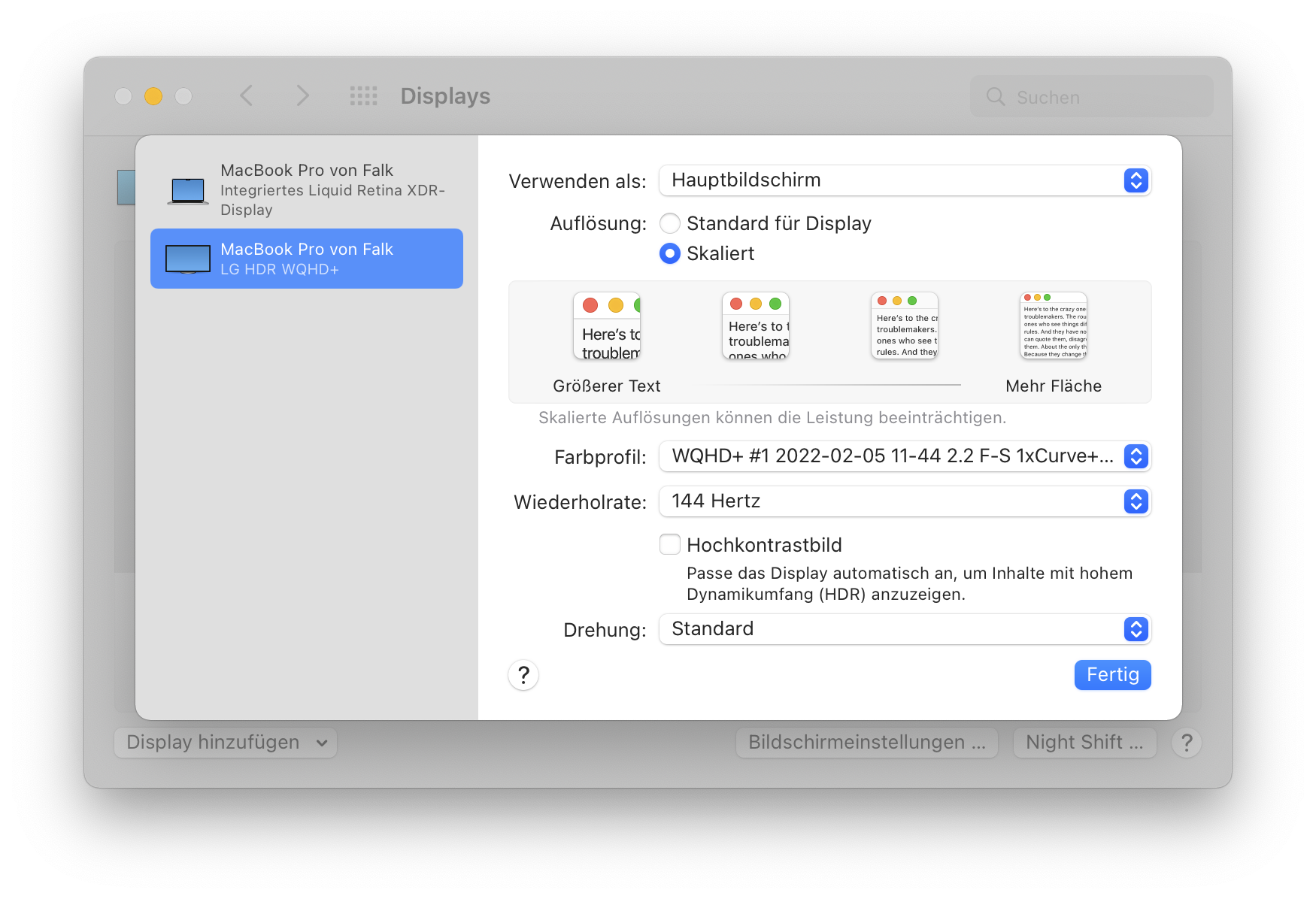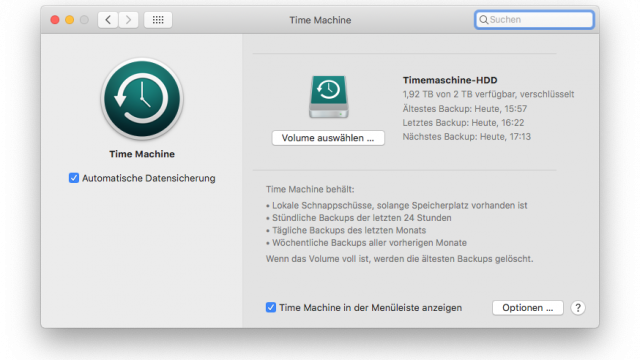After my wife and her ASUS UX32Vd-R4002V satisfied it was also time for me to replace my Mid-2009 Macbook Pro with a new model. After some deliberation, my choice fell on a Macbook Air with the following configuration:
- MacBook Air 13.3″ (Mid 2012)
- 1.8 GHz Intel Core i5
- 8 GB DDR3L RAM
- 128 GB SSD
- Papernomad cover
Instead of taking over the complete data from my previous Macbook, I decided for a "fresh" installation and only copied the documents by hand - a good opportunity to delete "useless" things or move them to the backup for good. Typical for Mac, the setup was done quickly, the time machine backup to my FreeNAS system also works without further adjustments. But now for comparison (after the break).
MacBook Air 13.3 vs. ASUS Zenbook UX32Vd - the similarities
Both devices have the same form factor (13,3″), an Ivy Bridge processor (Apple: Core i5, ASUS: Core i7) and 4 GB RAM in the standard configuration. In my case, the Windows device has 10 GB RAM (an additional 8 GB module was installed) and the MacBook Air 8 GB (since the RAM is soldered here, the device was bought directly in this configuration). Both devices can wake up quickly from standby when the lid is opened and last more than 10 days if they are simply closed. Also the weight is similar: Apple states 1.35 kg for the MacBook Air, ASUS 1.45 kg for the UX32Vd. Both devices come with Intel HD 4000 graphics and USB 3.0.
Both devices fall into the "Ultrabook" category, even though Apple does not call its devices that. The technical similarities are too striking to come to a different conclusion.
...and the differences.
ASUS can trump in terms of resolution: 1,920×1,080 pixels on 13.3″ means a very high pixel density, the matt IPS panel good colour reproduction and the possibility of working in a beer garden. Apple, on the other hand, relies on 1,440×900 pixels resolution and a reflective display for Air. This puts it ahead of the Macbook Pro 13.3 (which is still limited to 1,280×800 pixels). With the UX32Vd, ASUS relies on a combination of SSD ExpressCache (24 GB) and a 500 GB hard disk, the Air comes with a pure SSD solution, which also has an Apple-specific format with up to 512 GB (128 GB in my model).
ASUS also offers functions such as Intel Wireless Display, which makes presentation on appropriately equipped beamers easier. ASUS has also built in an Nvidia graphics solution that enables CUDA applications to be used.
My conclusion
If you depend on Windows software, the ASUS UX32Vd is a good choice. The display is first-class, the device is light and sufficiently fast for all applications. You won't get any memory problems with the 500 GB hard disk either, the SSD cache hides the lack of a full-fledged SSD solution like Apple's. On the other hand, if you are already on the road in the Apple universe, you should reach for MacBook Air. The device is small, light and powerful, the CPU clocks up to 2.8 GHz in turbo mode.
Update from 24.01.2014
In the meantime, the rather slow HDD in the Asus UX32Vd has been replaced by a Samsung 840 EVO with 250 GB replaced. The Express Cache SSD with 32 GB is, because it is permanently installed, still available, but is not actively used. In general, the ASUS UX32Vd profits a lot in the installation of an SSD - the whole system feels more crisp with it.



